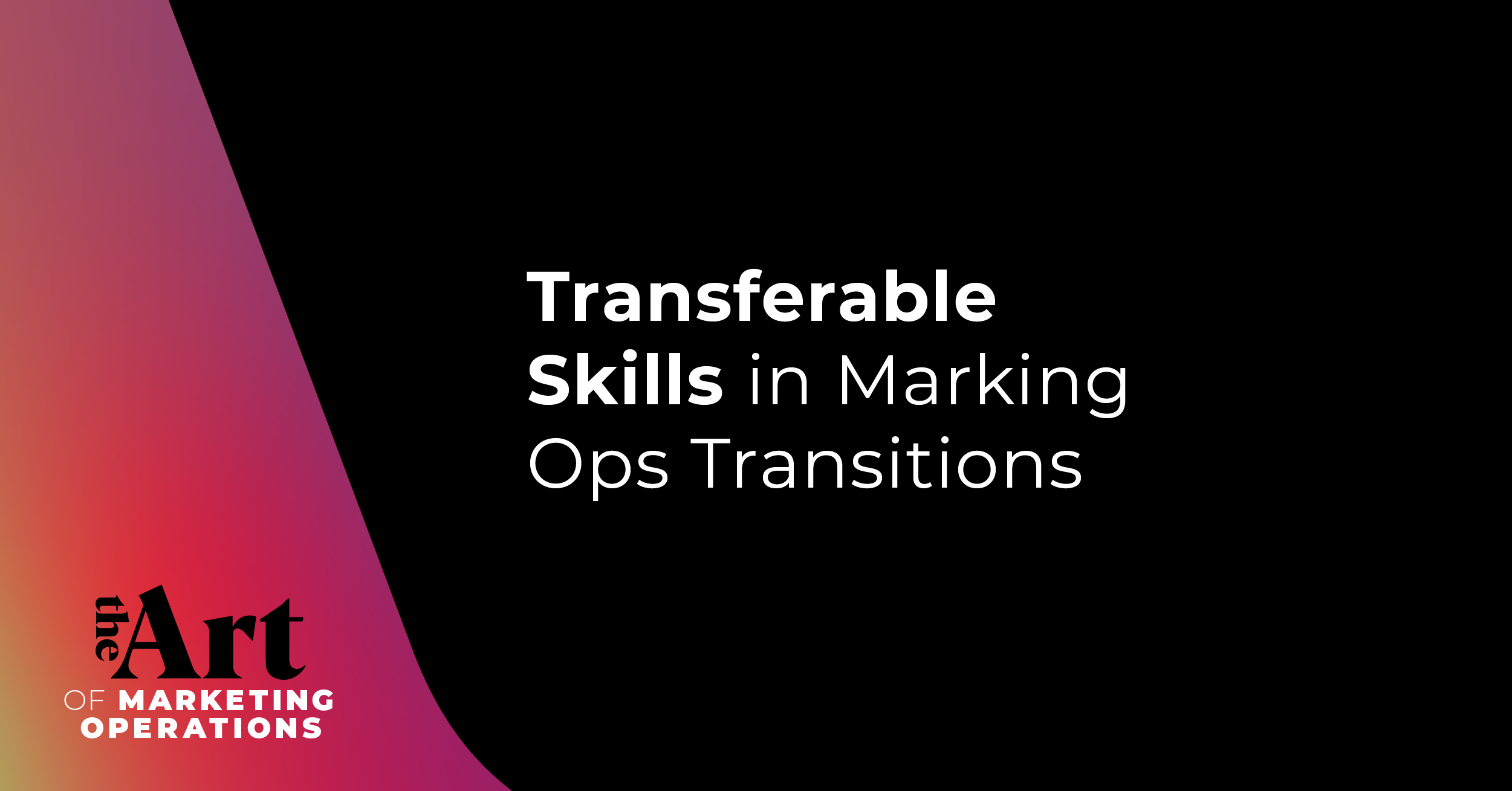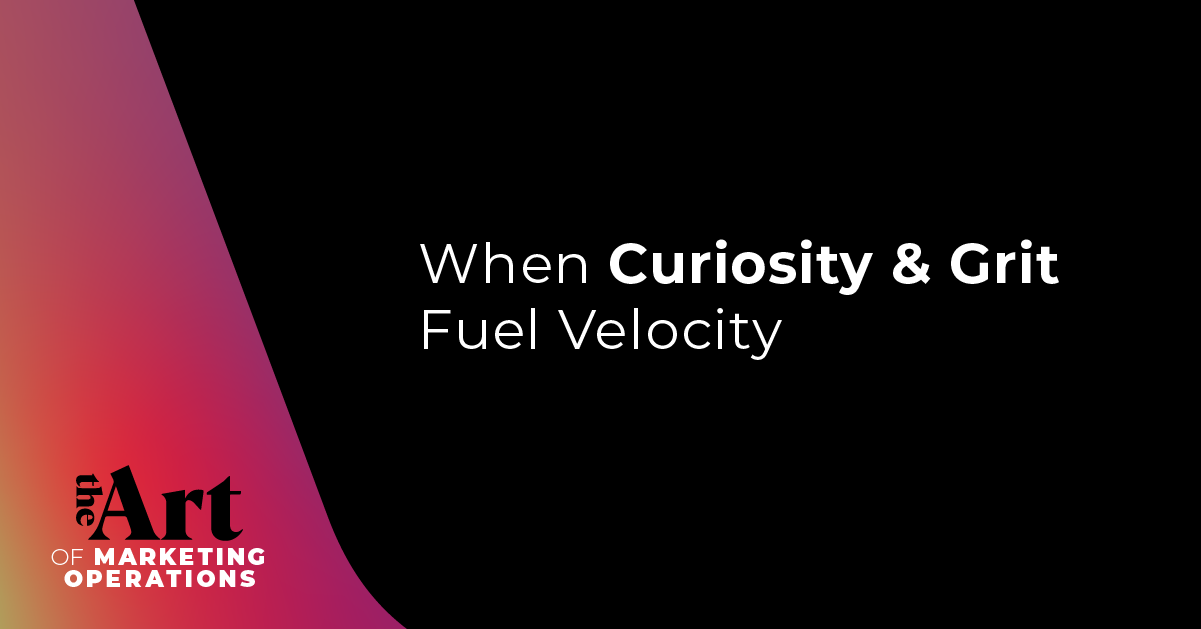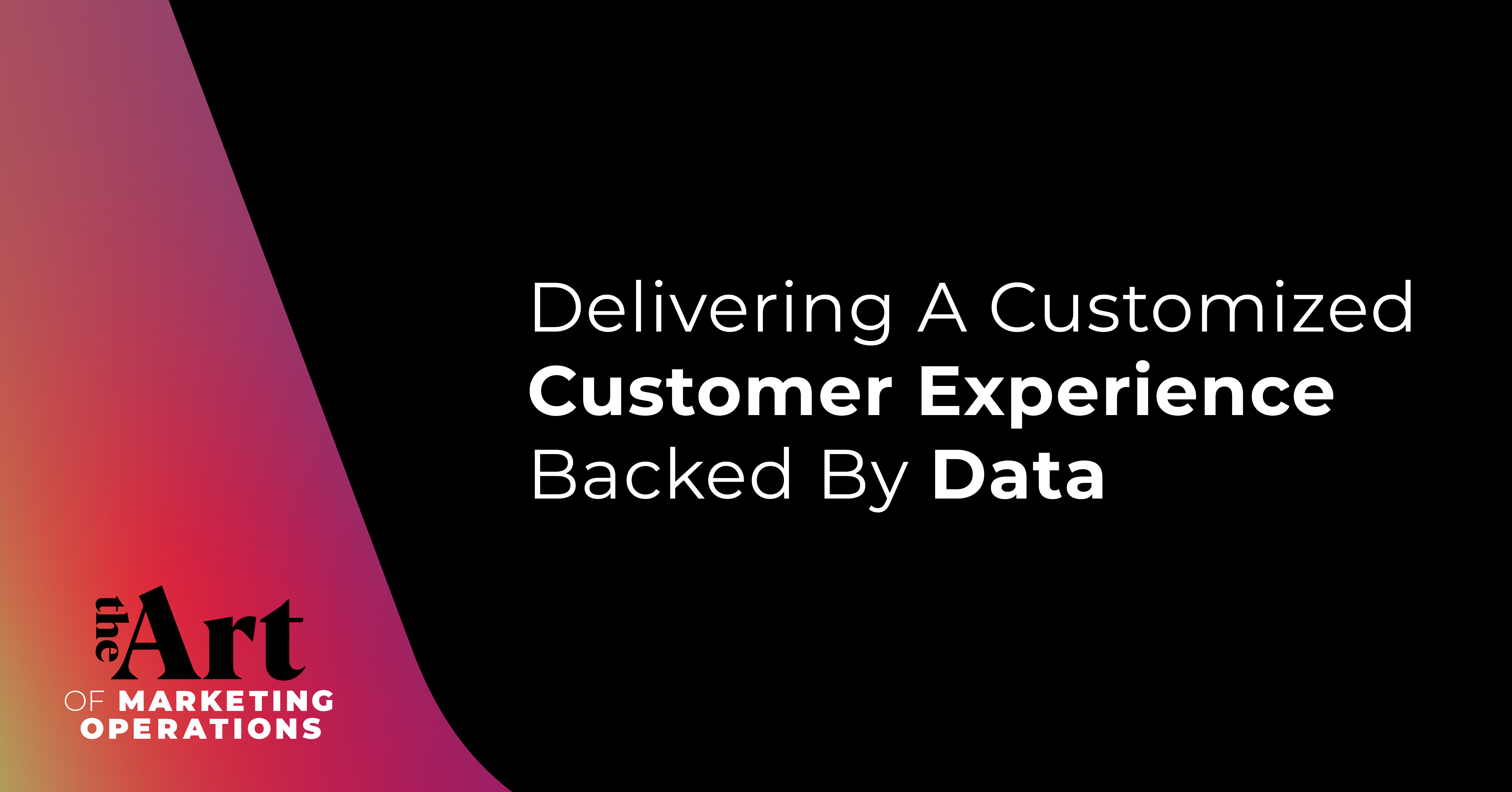As a Marketing Ops professional, you need to always anticipate what your key stakeholders need to accomplish and help them get there.
And that’s impossible if you are siloed.
Success is achieved by getting out there, getting comfortable learning new things and above all, getting out of your lane.
Our latest guest, Julie Volpi, Director of Marketing Operations at Tractor Supply Co., knows she needs to lean into change when leading her team. Whether it’s new media, new customer behaviors or new ideas, she shares how she is embracing change strategically and building a team ready to do the same.
Join us as we discuss:
- Process mapping for marketing ops
- Understanding shifting customer trend
- Leading a team that embraces change
The process
The tractor industry has traditionally relied heavily on physical marketing above other media, but recently that’s changing. And that means Julie has had to learn to keep up with those changes to stay ahead of the curve.
For her, success boils down to one thing: process.
“So many of the inputs for the execution on either model are the same,” Julie says. “It’s really just dialing in what the process is and how you hone it to the different avenue for where you're going.”
Switching from a print-heavy circular model to digital messaging, since the inputs didn’t change, Julie dedicated more time and resources to evaluating the process. And that’s how they successfully shifted their physical media from that model to be primarily in-store materials like brochures.
Still, Julie stresses that the realm of physical media — even if they’ve scaled it back to make room for more of a digital emphasis — is much more than just the print and ink.
“Marketing supply chain,” she says. “”It's the acquisition of raw materials, the ink, the paper — all of that — the distribution model, how you get it from point A to point B. It’s looking at it holistically, and ensuring that your strategies and timelines are in line with what you can achieve from a supply-chain perspective.”
On the other hand, the new focus on digital requires its own considerations. As the team shifted from physical to digital, they realized they needed to dig into the process and really focus on process mapping in order to keep morale up and the team on track.
It is something she says often gets taken for granted because the work ends up getting done anyway — but not always in a way that’s comfortable for your teams. In fact, she says there is a direct correlation between process efficiency and morale.
So, in order to tackle this, she adopted a particular approach to process efficiency using the RACI model.
That is to say, any change to increase efficiency and output need to be:
- Responsible
- Accountable
- Consulted
- Informed
“It's truly taking the time to dig in and create that roadmap that people know how to follow,” Julie says. “You create those guardrails of how the work gets done, and it gets done much more efficiently.”
Customer behavior
With the process in place to prepare for change, Julie says it’s also important to be open to changes you may not initially expect. This is one area where getting out of your comfort zone can make all the difference.
For instance, in the agricultural industry in which Tractor Supply Co. operates, it had long been taken for granted by some that the physical media was the primary way to reach customers. And it could be all too tempting for professionals like Julie to rest on their laurels, feeling safe in that assumption.
However, doing so would be a costly mistake.
By staying abreast of exactly how consumer behavior was shifting, Julie was able to stay ahead of the curve and shift to the digital channels that the market’s increasingly tech-savvy customer base was shifting to. When it comes to your customers, it’s critical to embrace change and understand that nothing is ever static.
That takes a commitment to ongoing learning — and a dedication to building a team who embraces change with open arms.
The team
Julie says that her dedication to building a team that embraces change, never stops learning and is always ready to serve its key stakeholders means that she is often inserting her team into places that may not be traditionally thought of as their lane. And once they’re there, she encourages her team to ask the tough questions.
“Deep involvement, cross-functionally, is for me a key that will help everyone benefit and understand operations’ role in all of these processes,” she says. “So, don't be afraid to ask the question or join the meeting that you may think you're not really a part of or shouldn't have purview into. You do.”
Put simply: Don’t stay in your lane.
Julie’s end-goal as a Marketing Ops manager is to get the work done, without marketing leaders really having to worry about how it gets done.
But to do that, she says she needs to understand what their objectives are, their process — and even the vernacular they use to express these things.
And that can never happen without her and her team getting comfortable with leaving their comfort zone.





_headline%20-%201%20guest%20.png)




.png)
